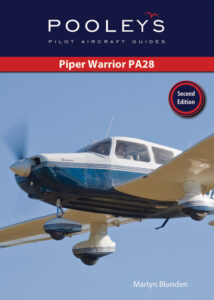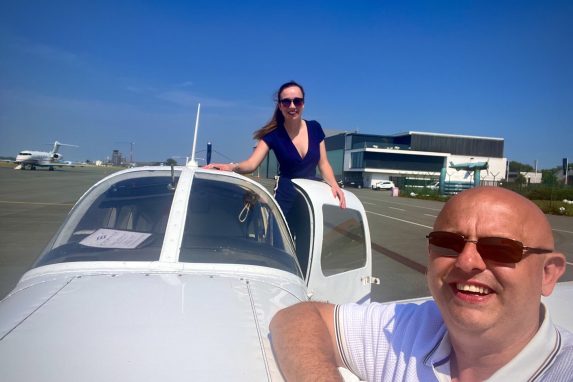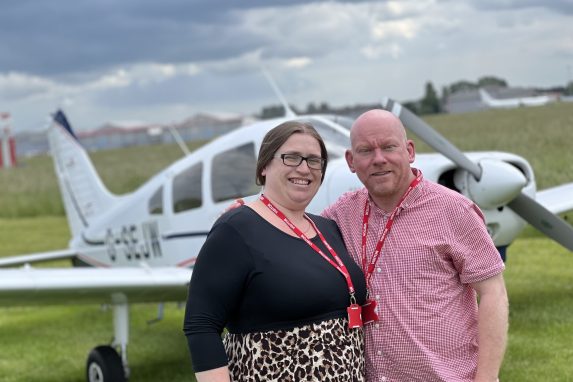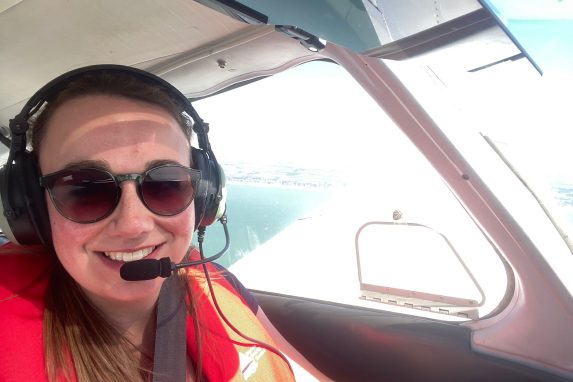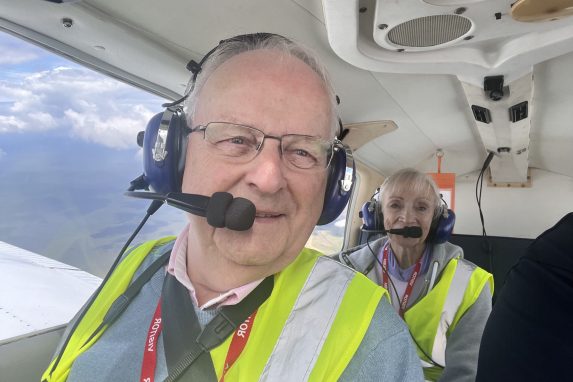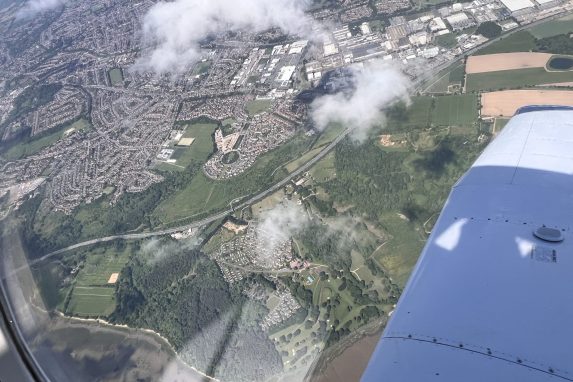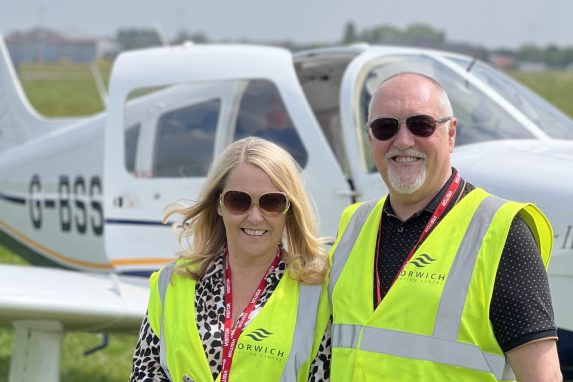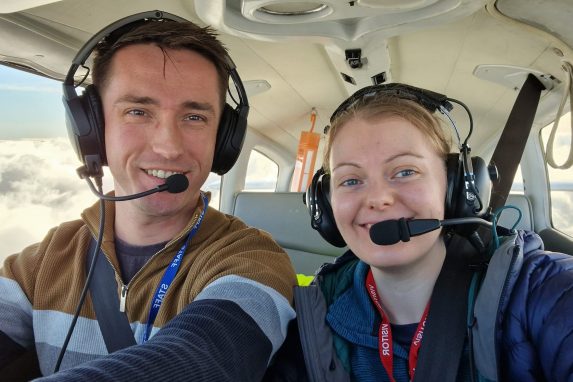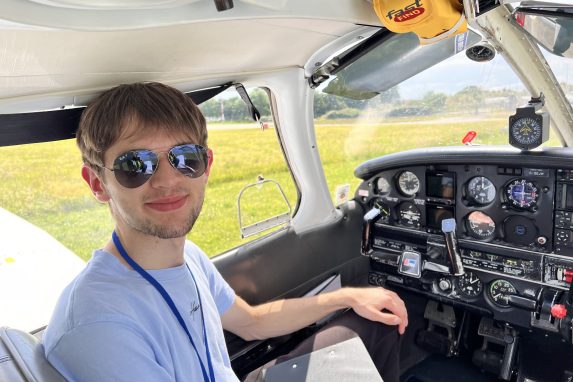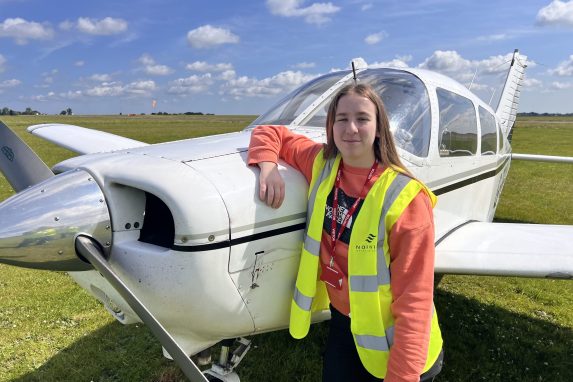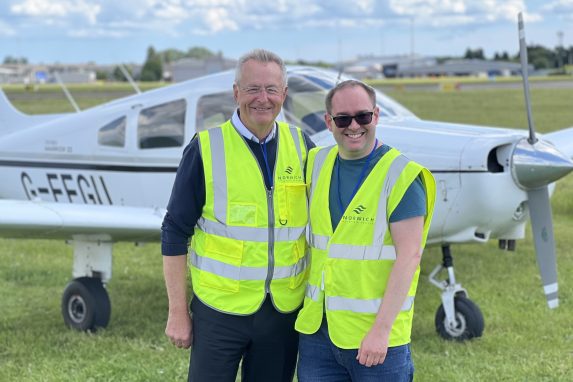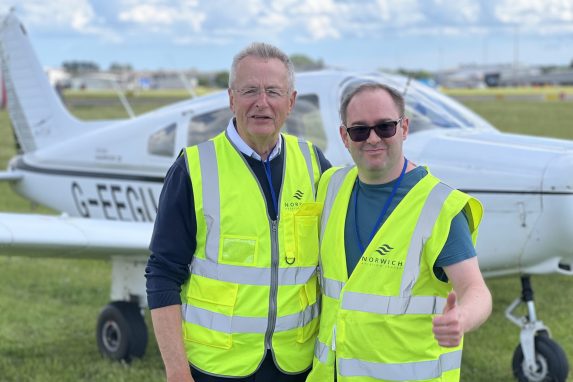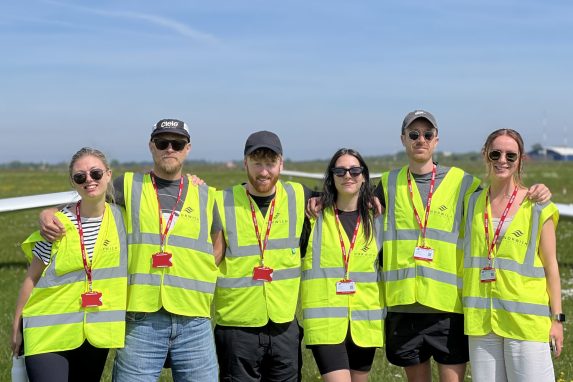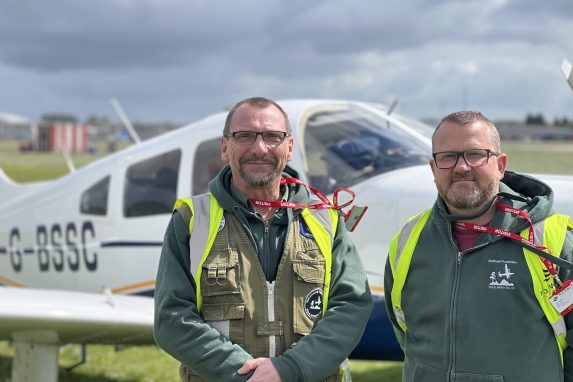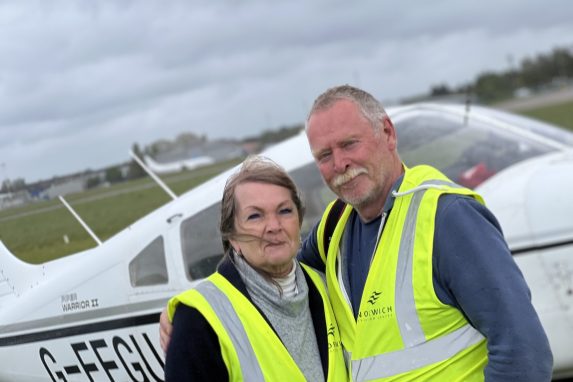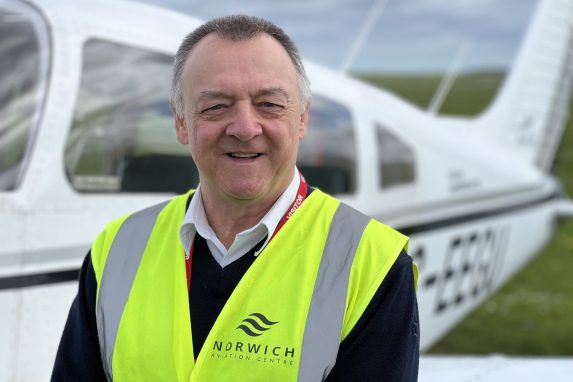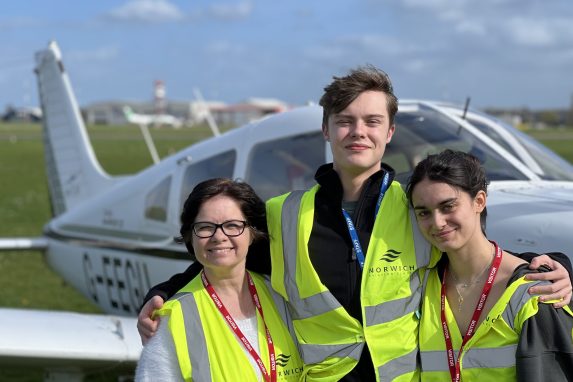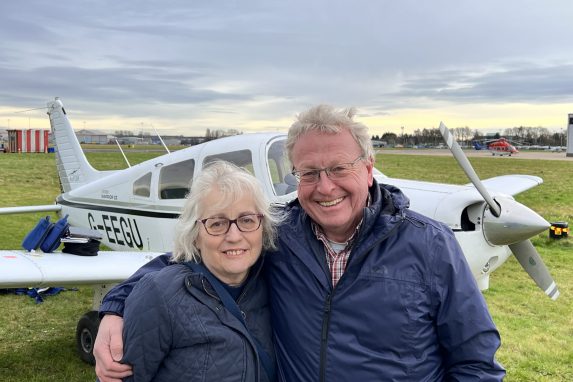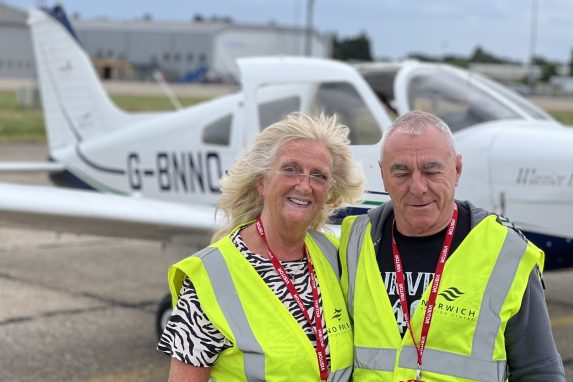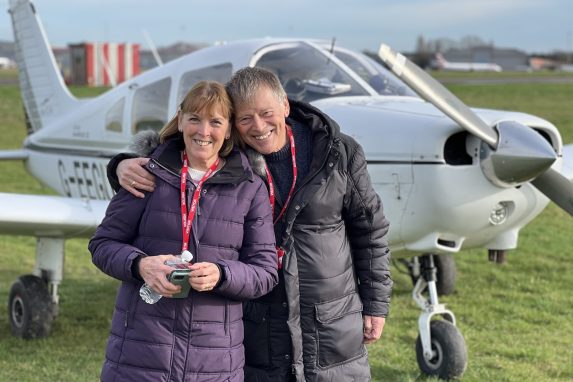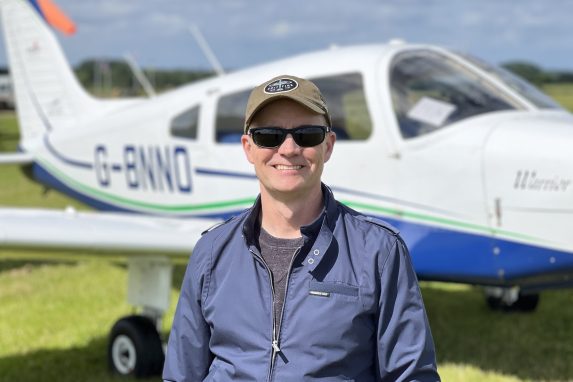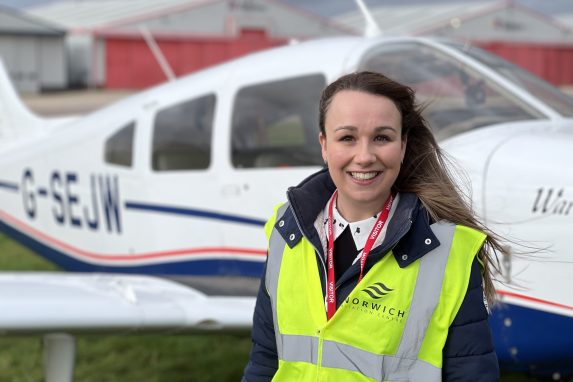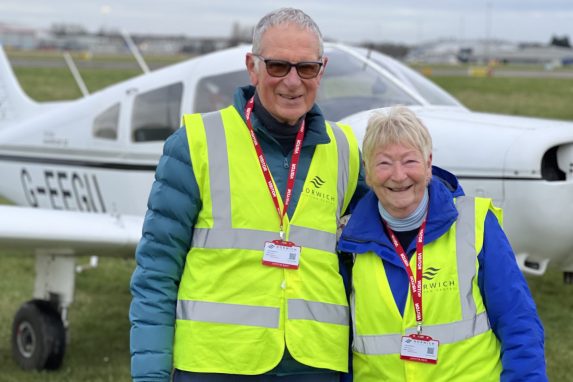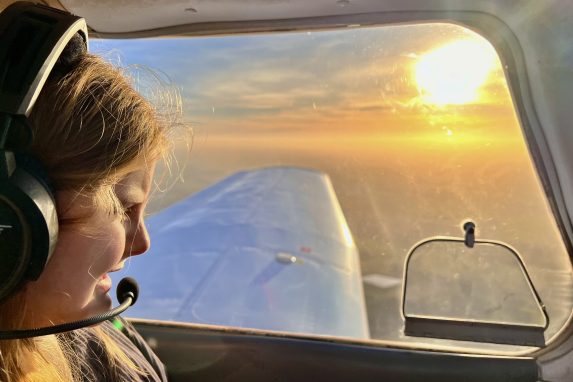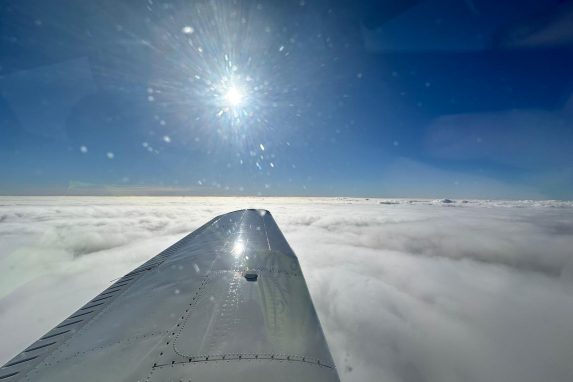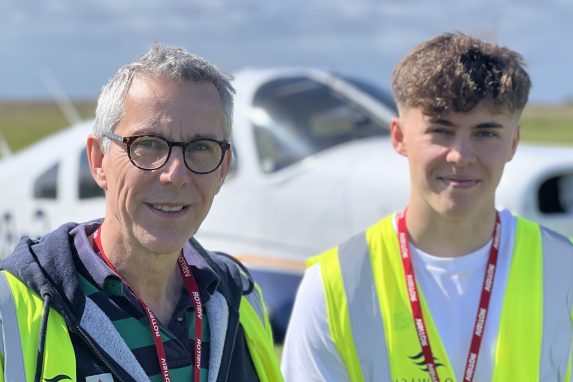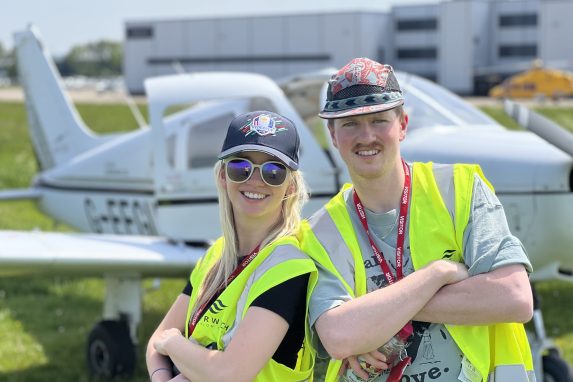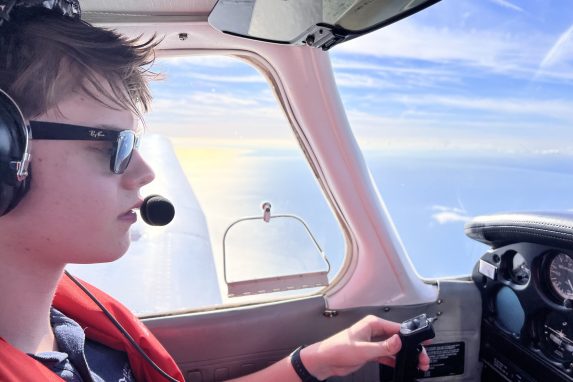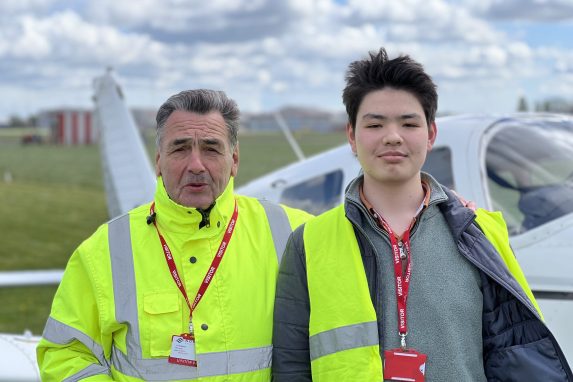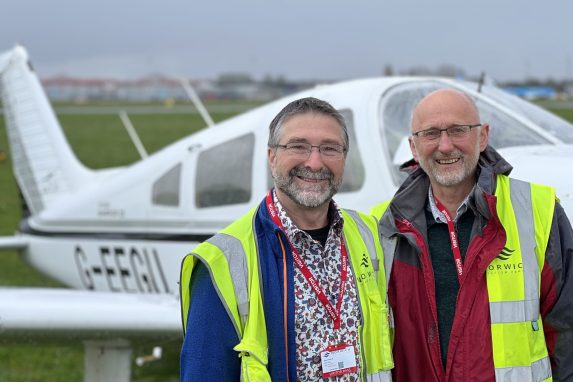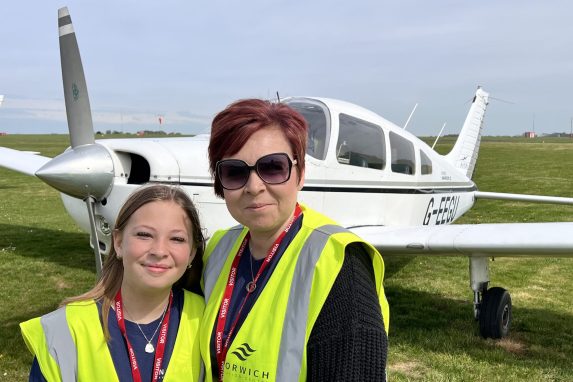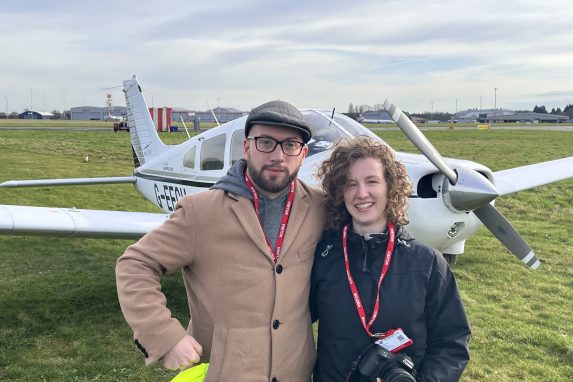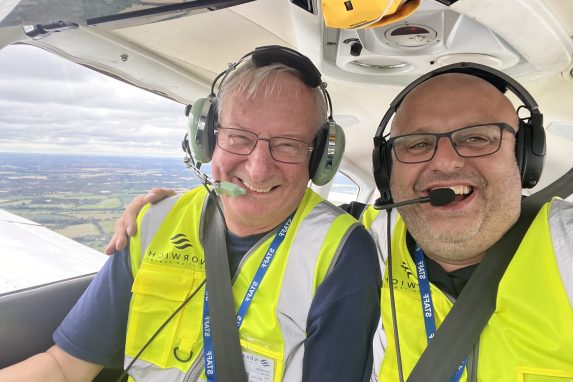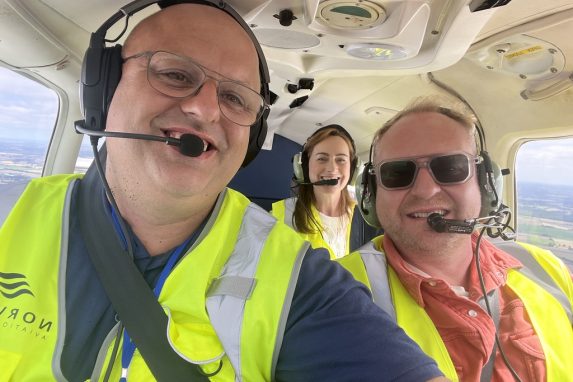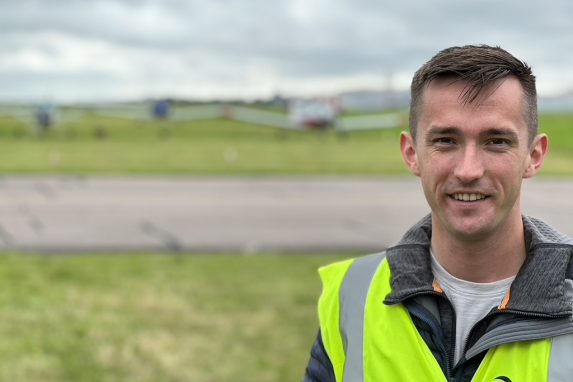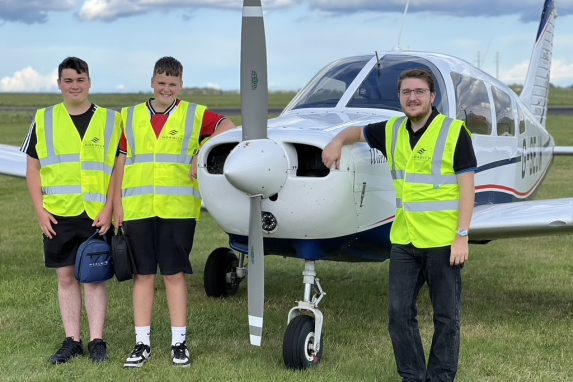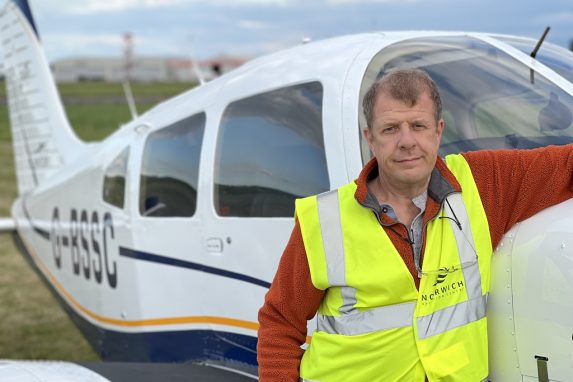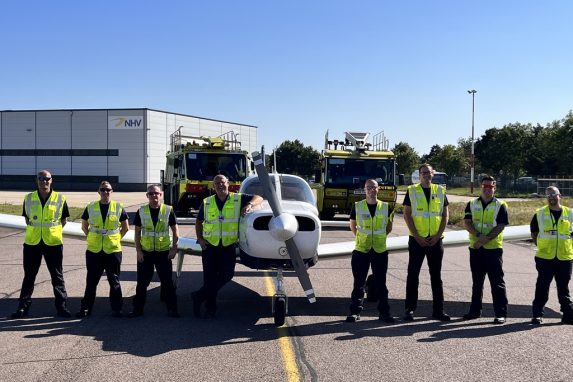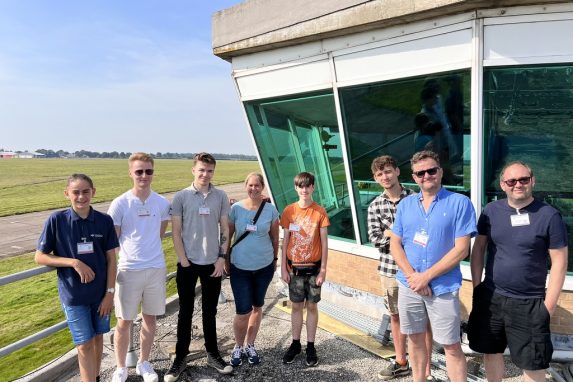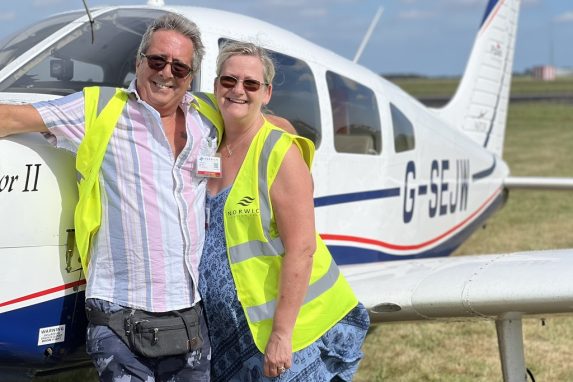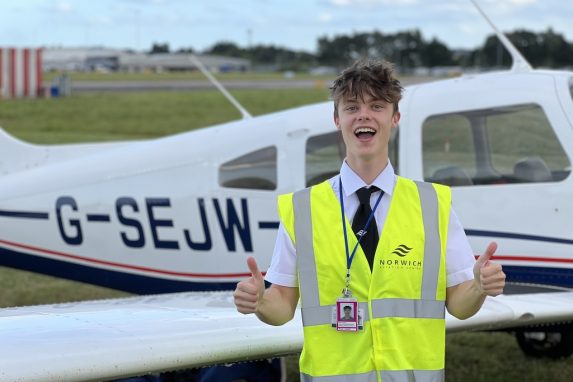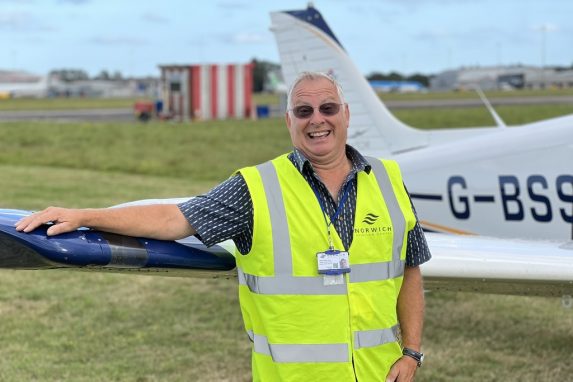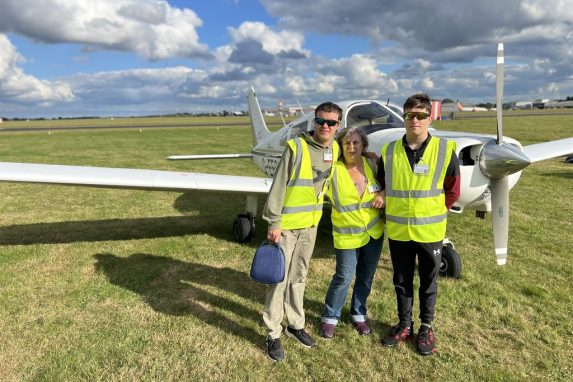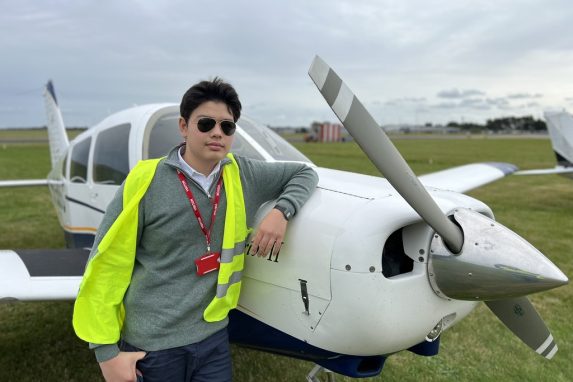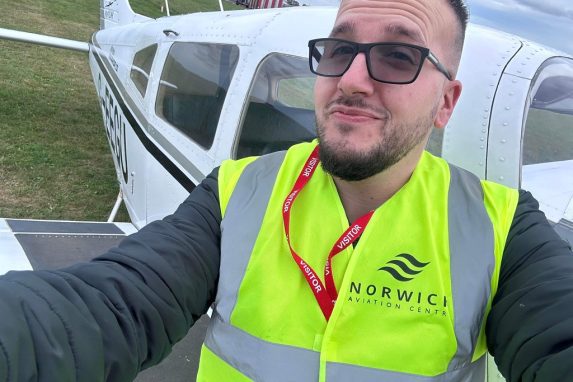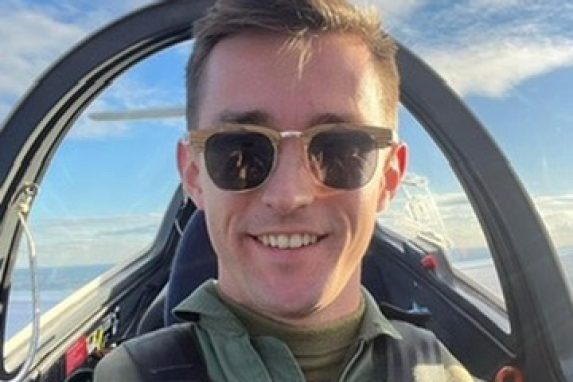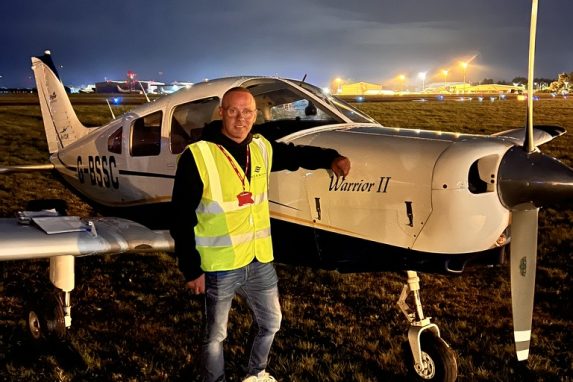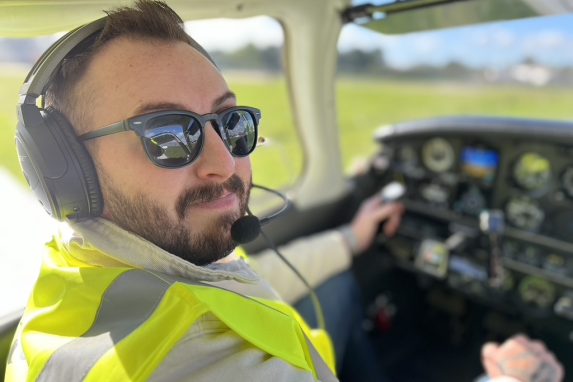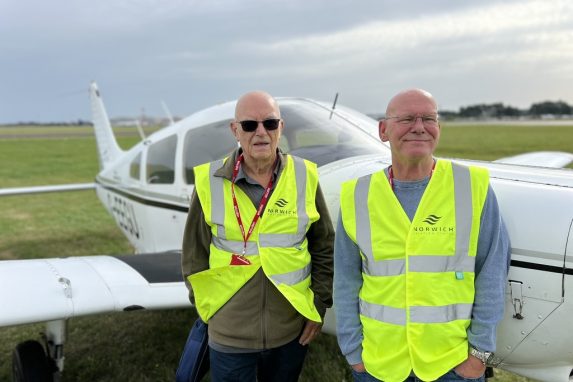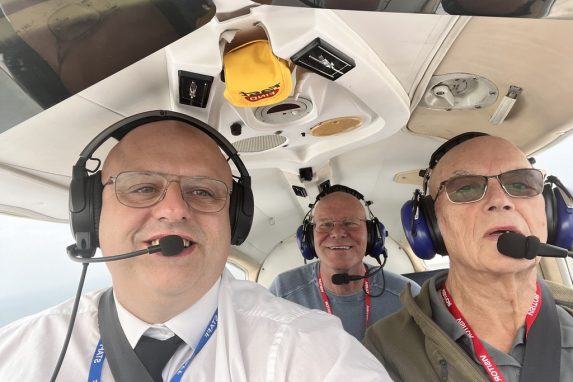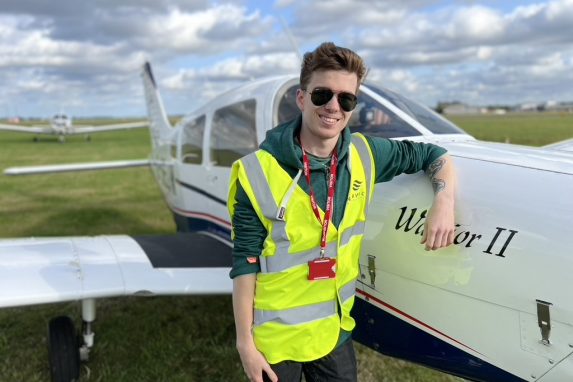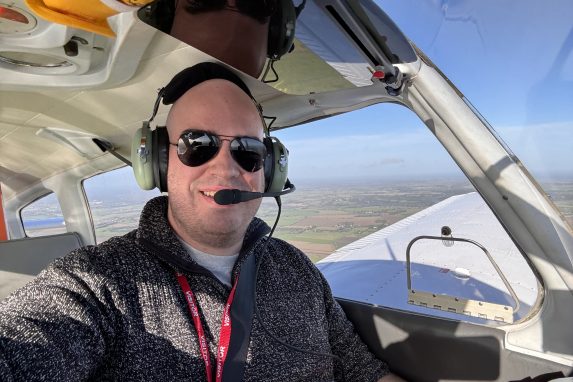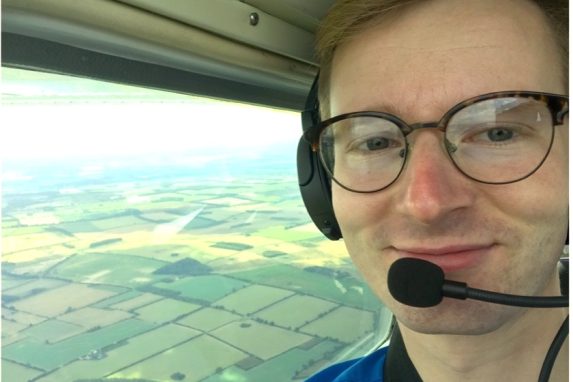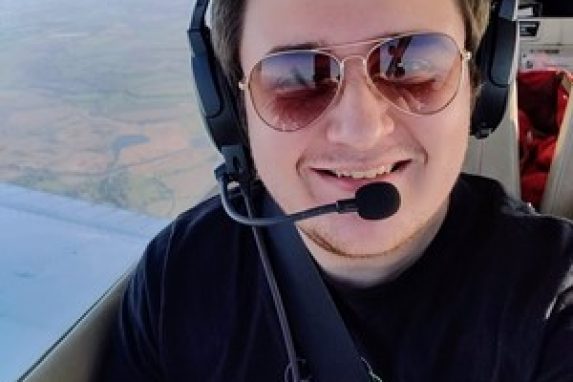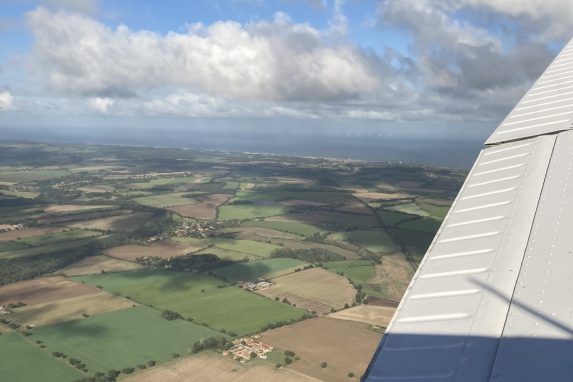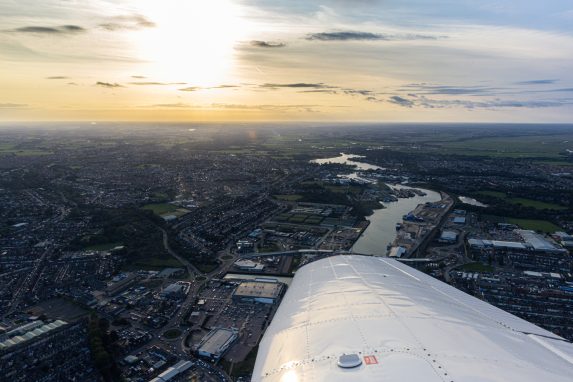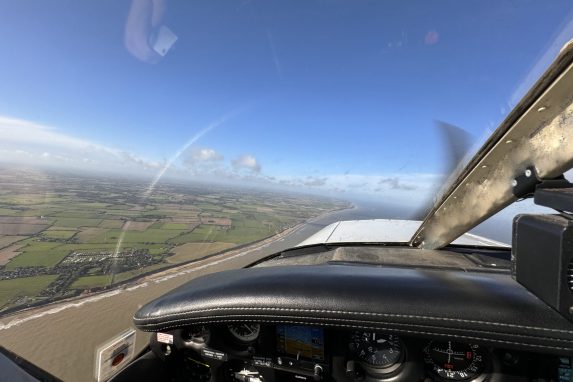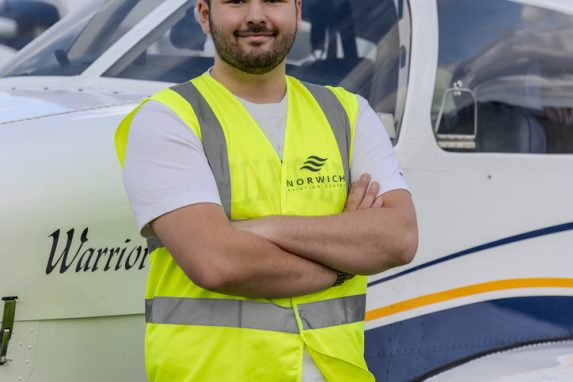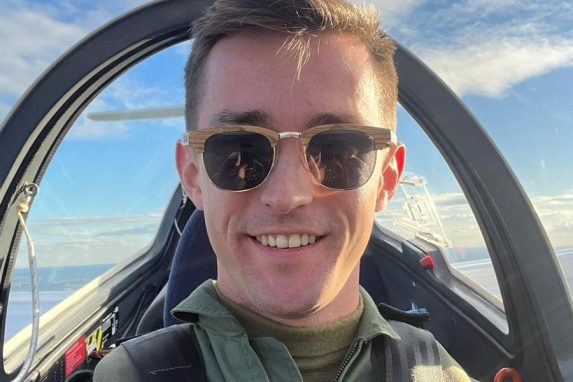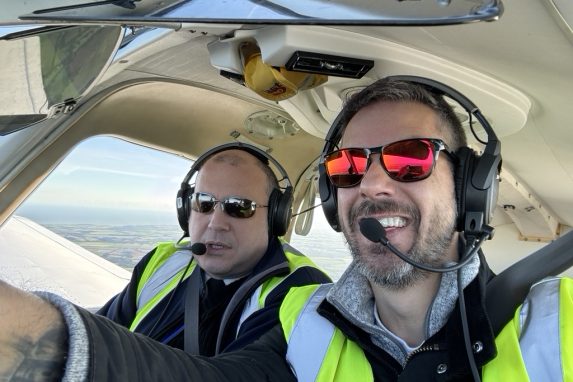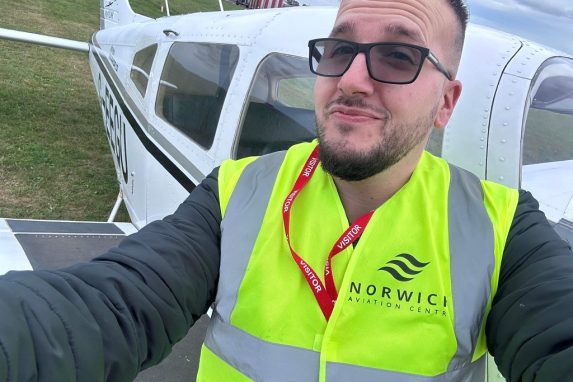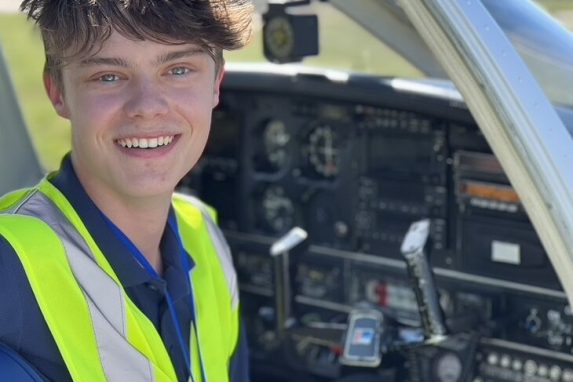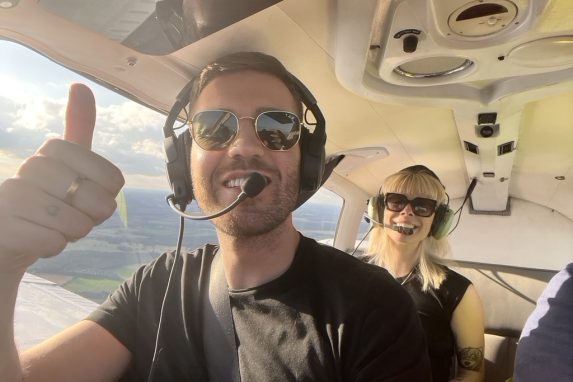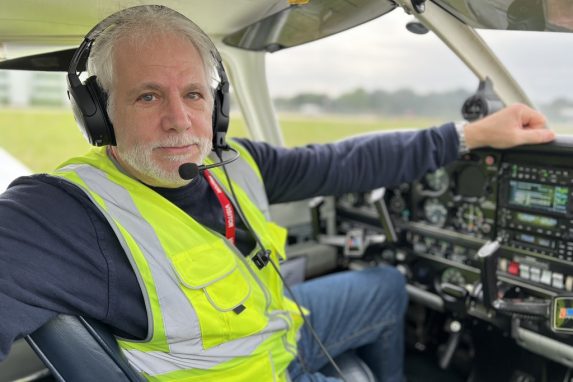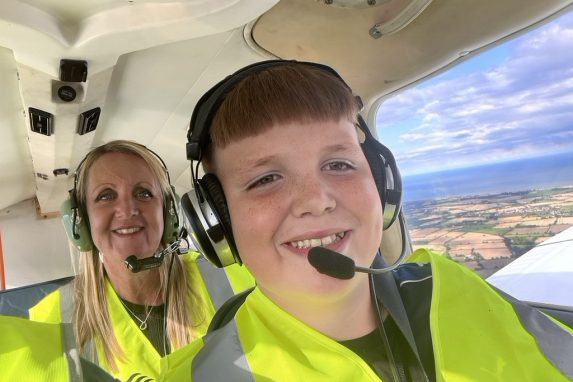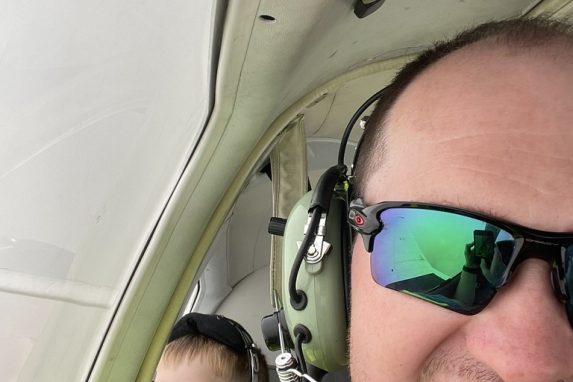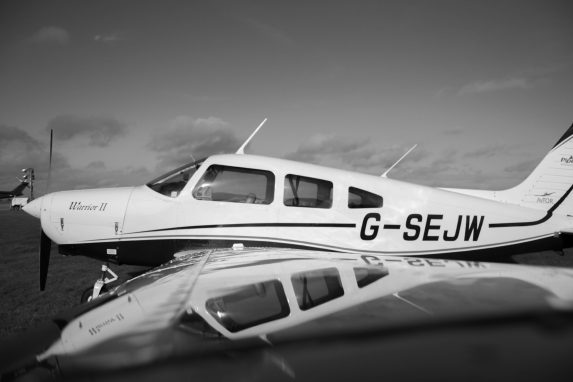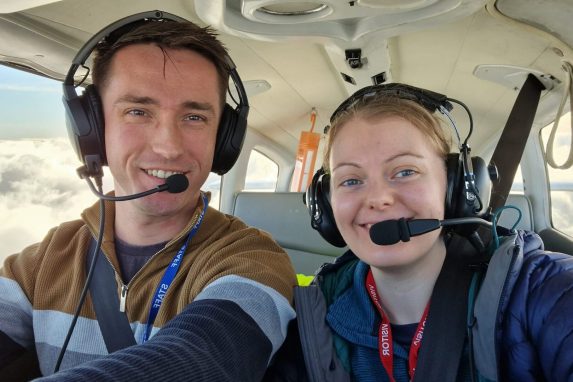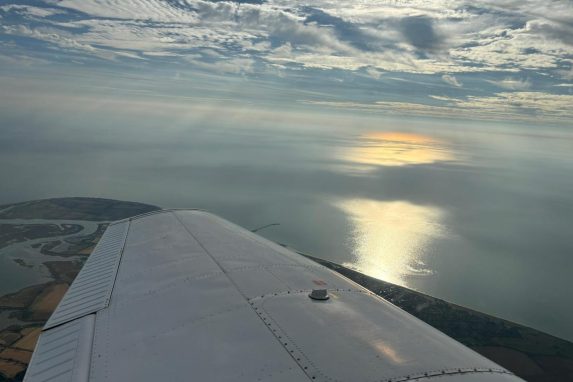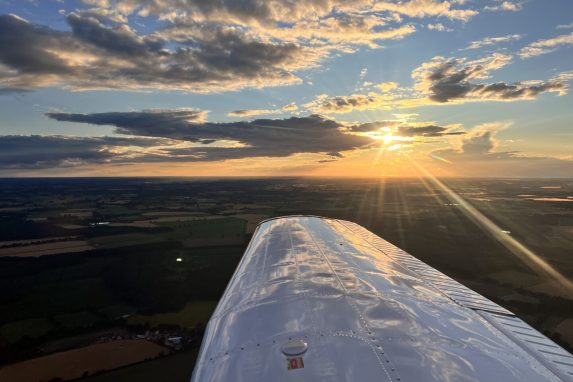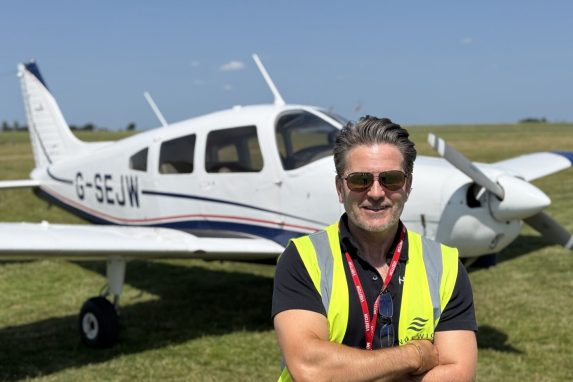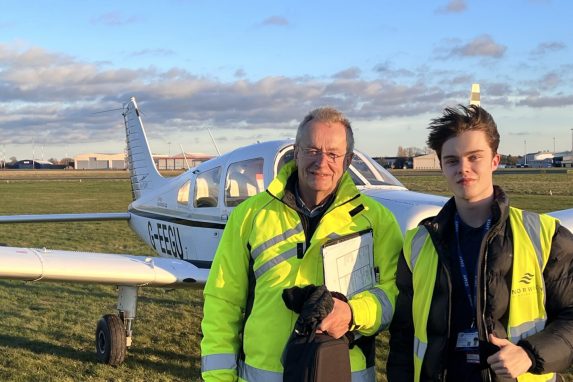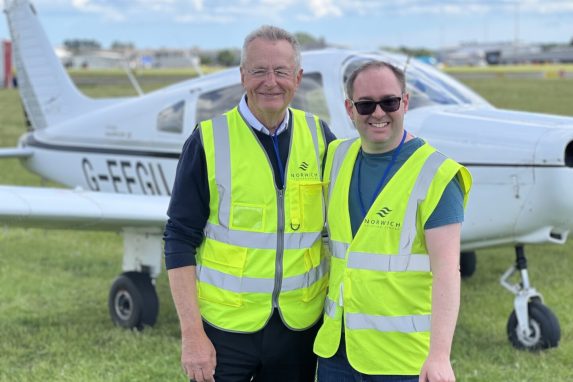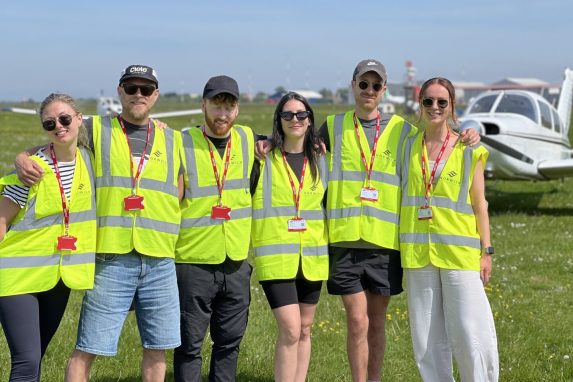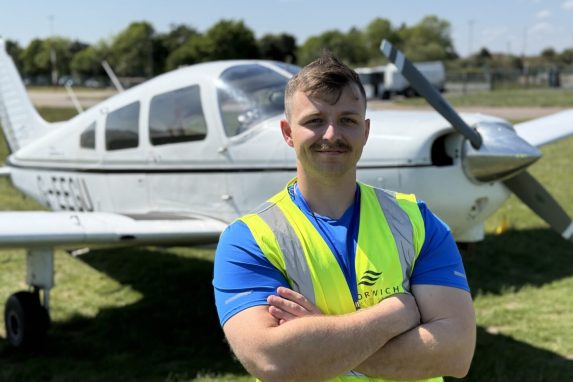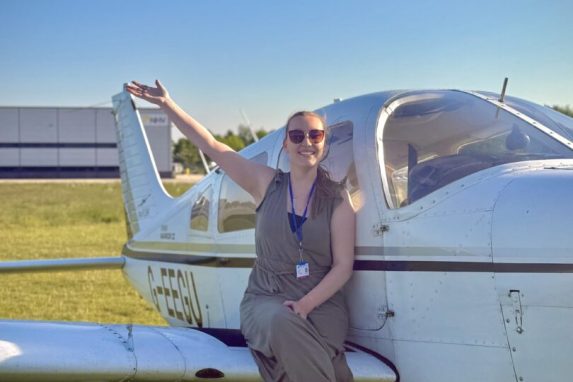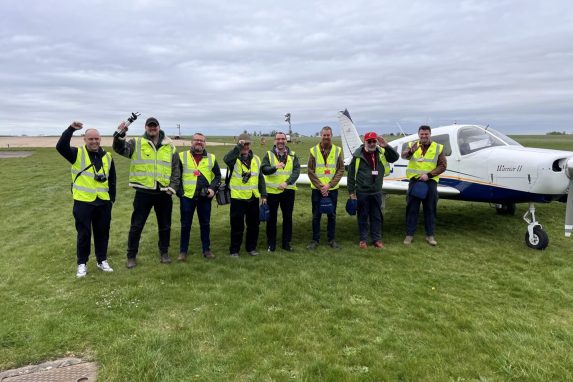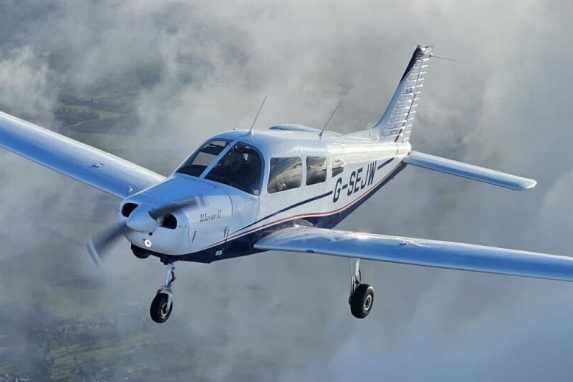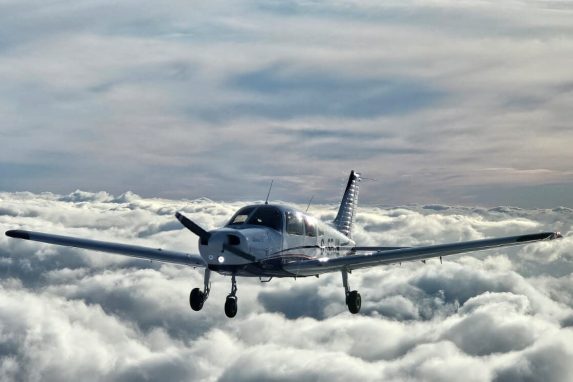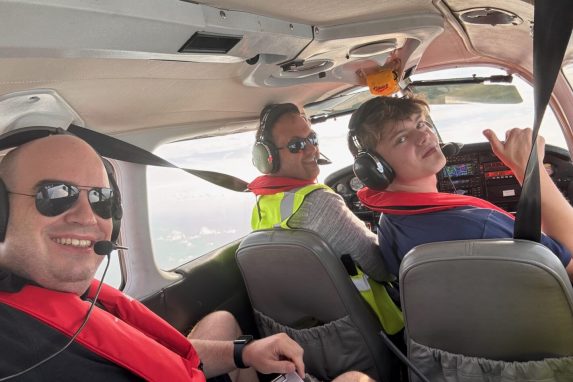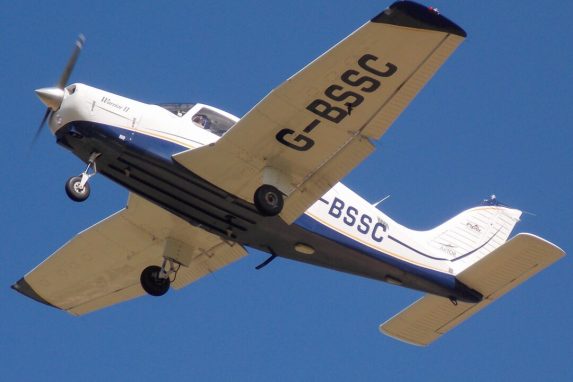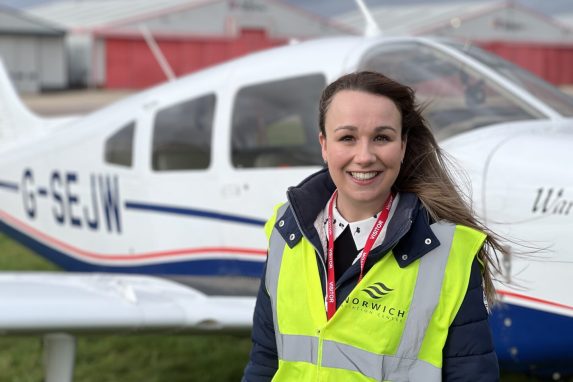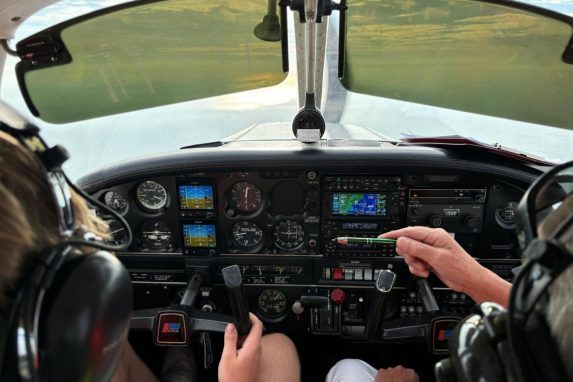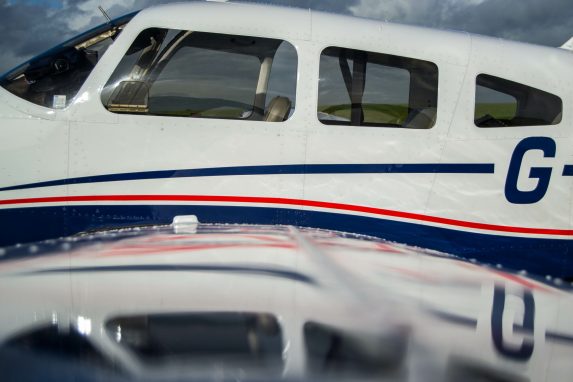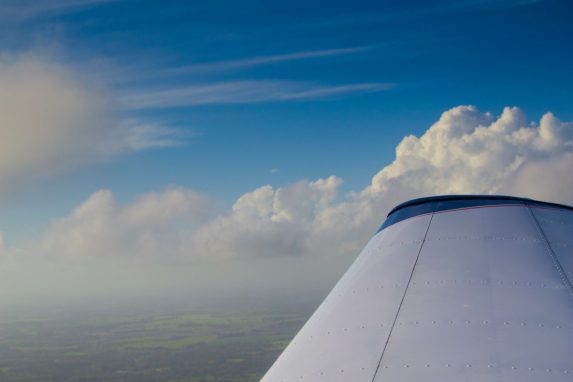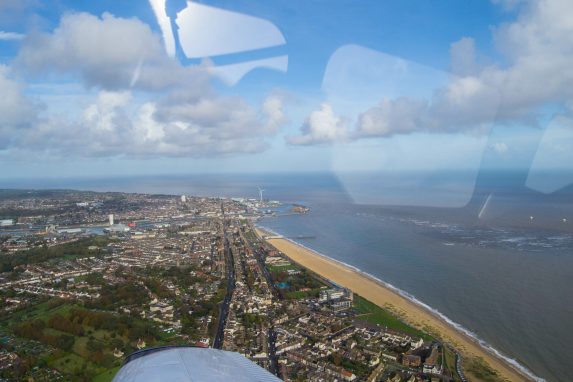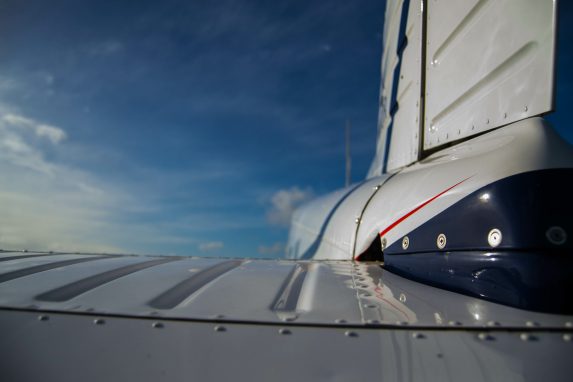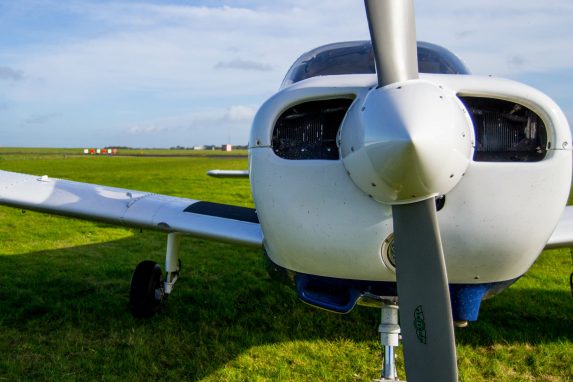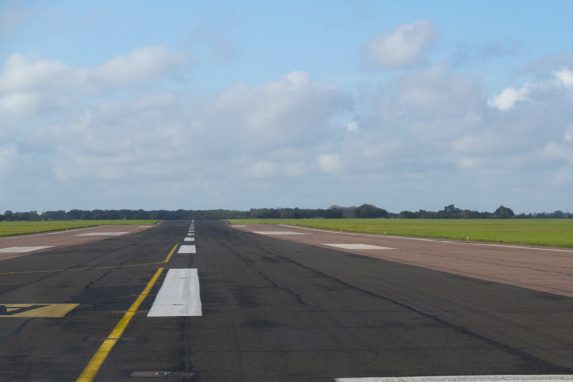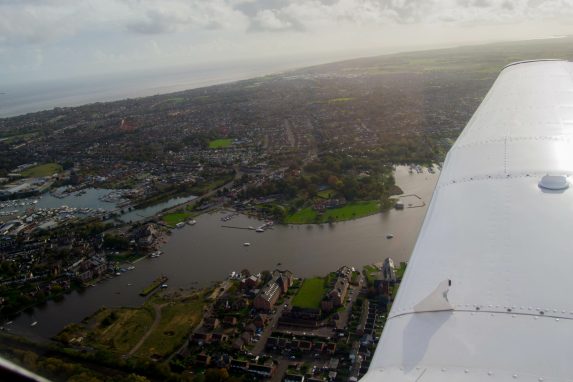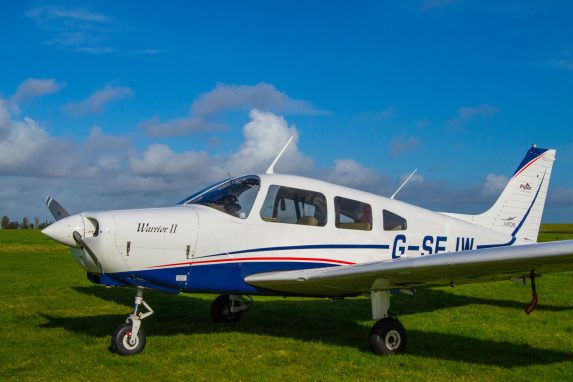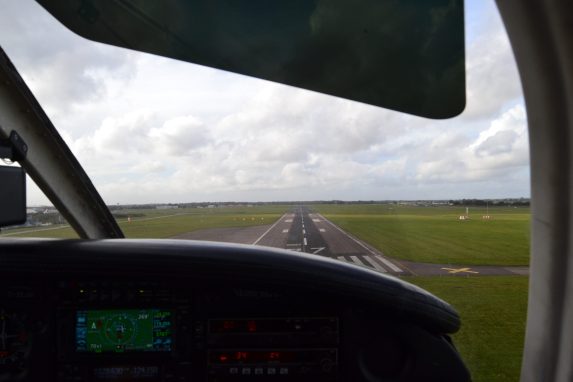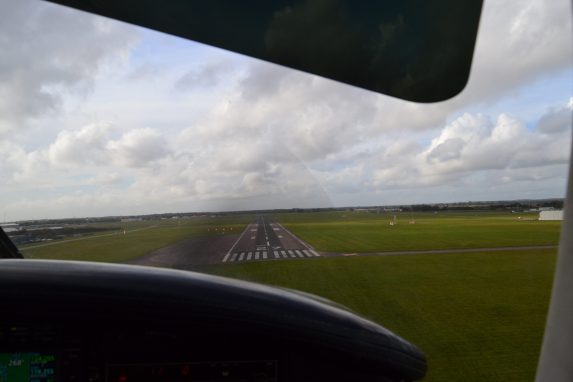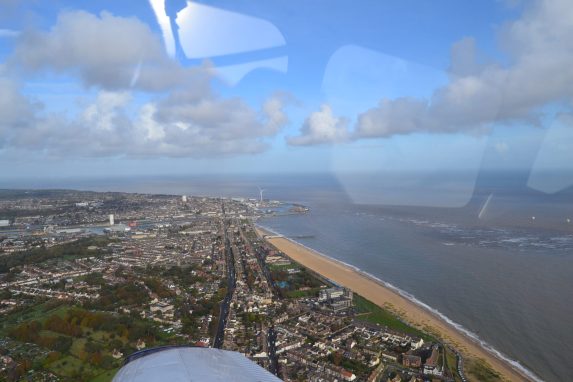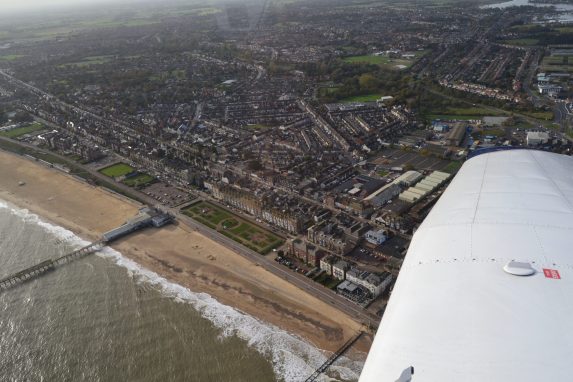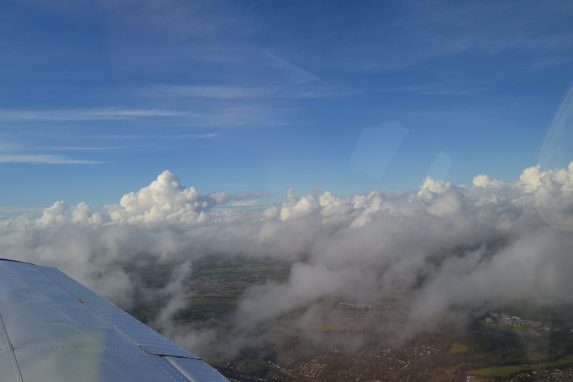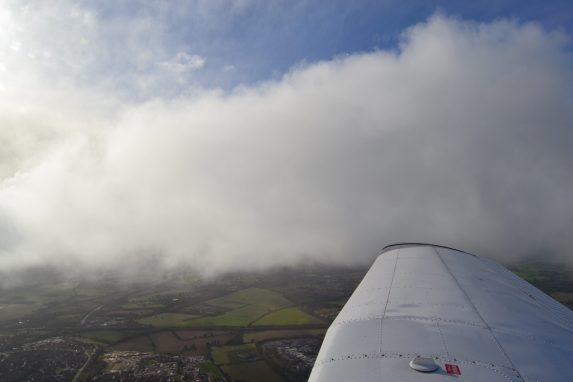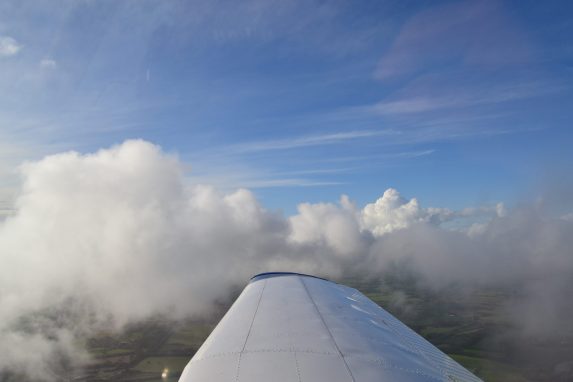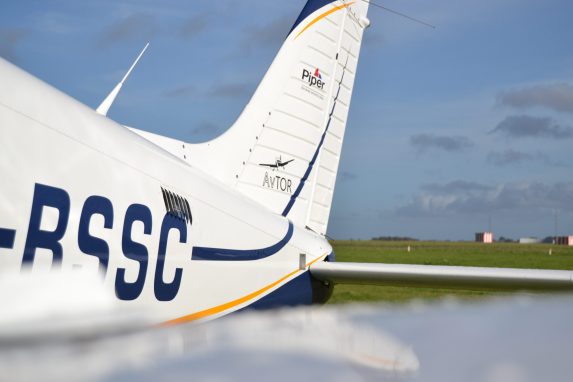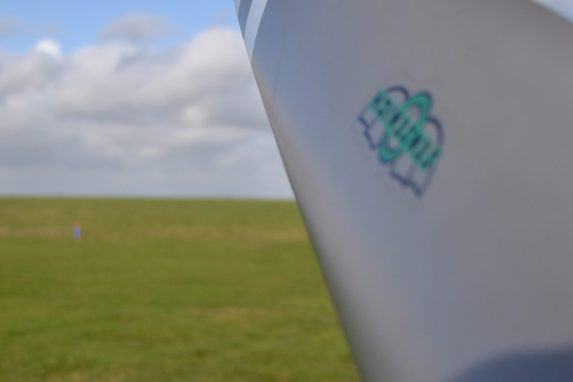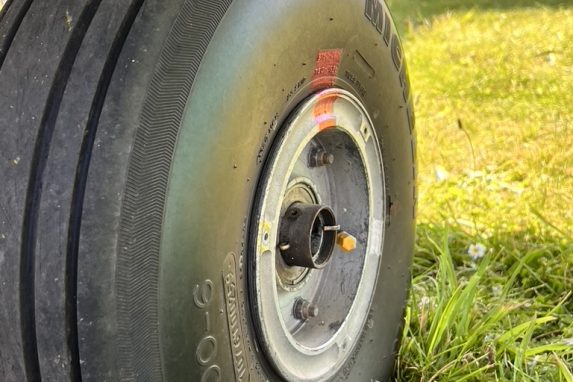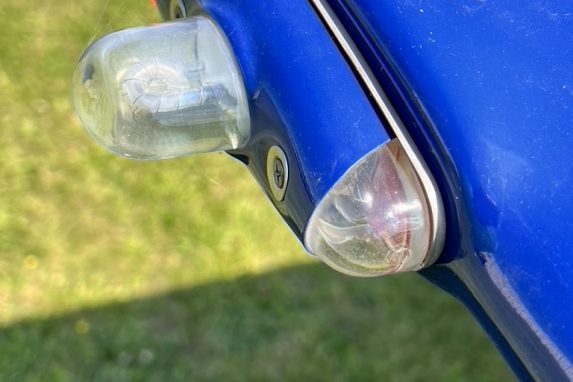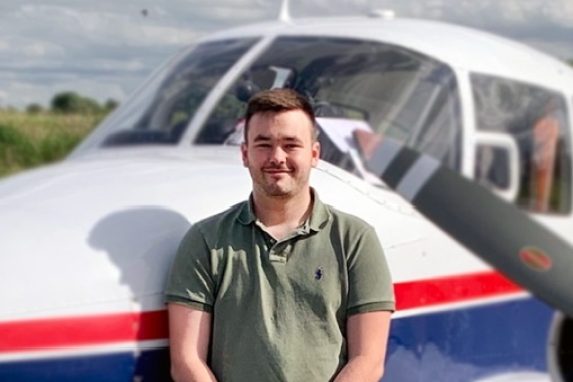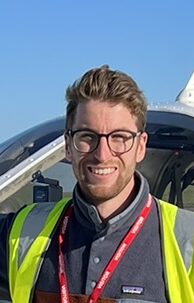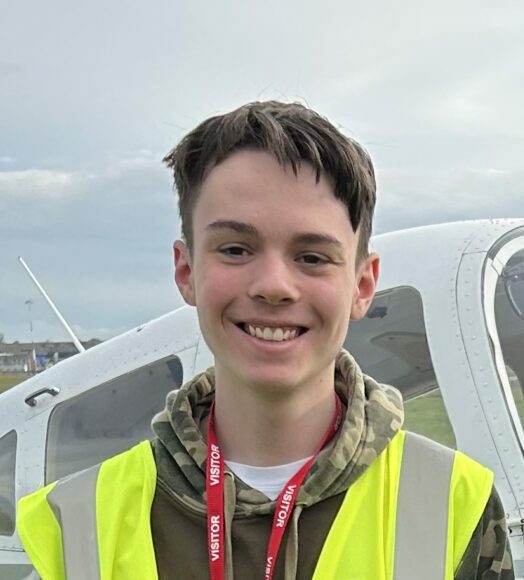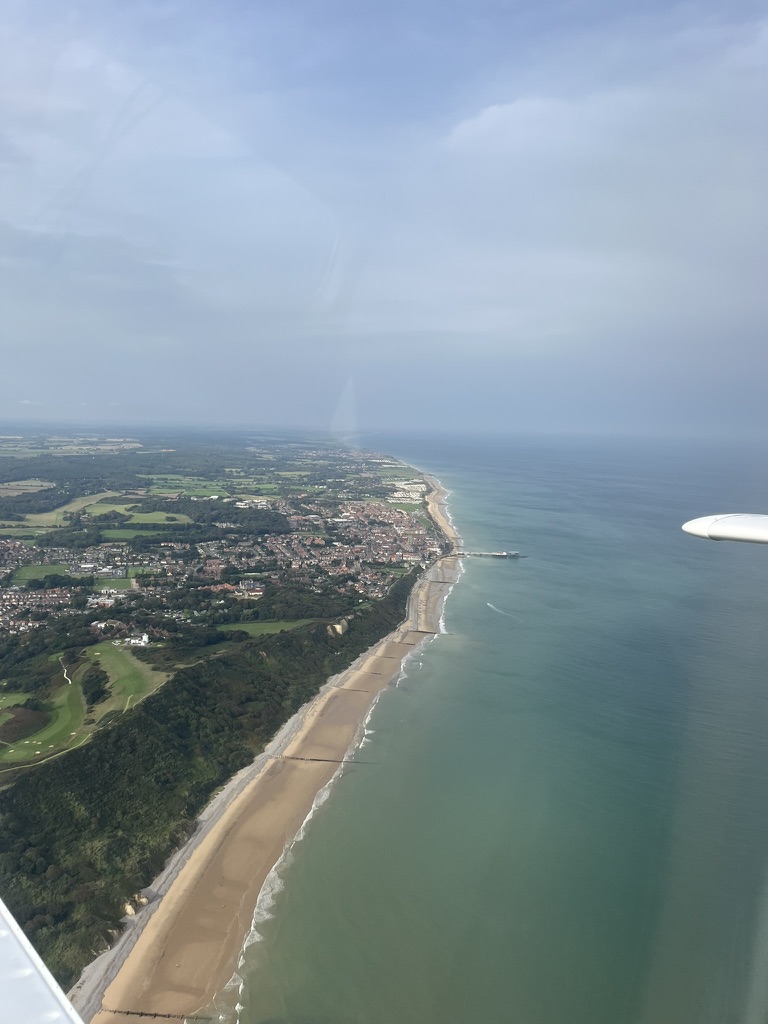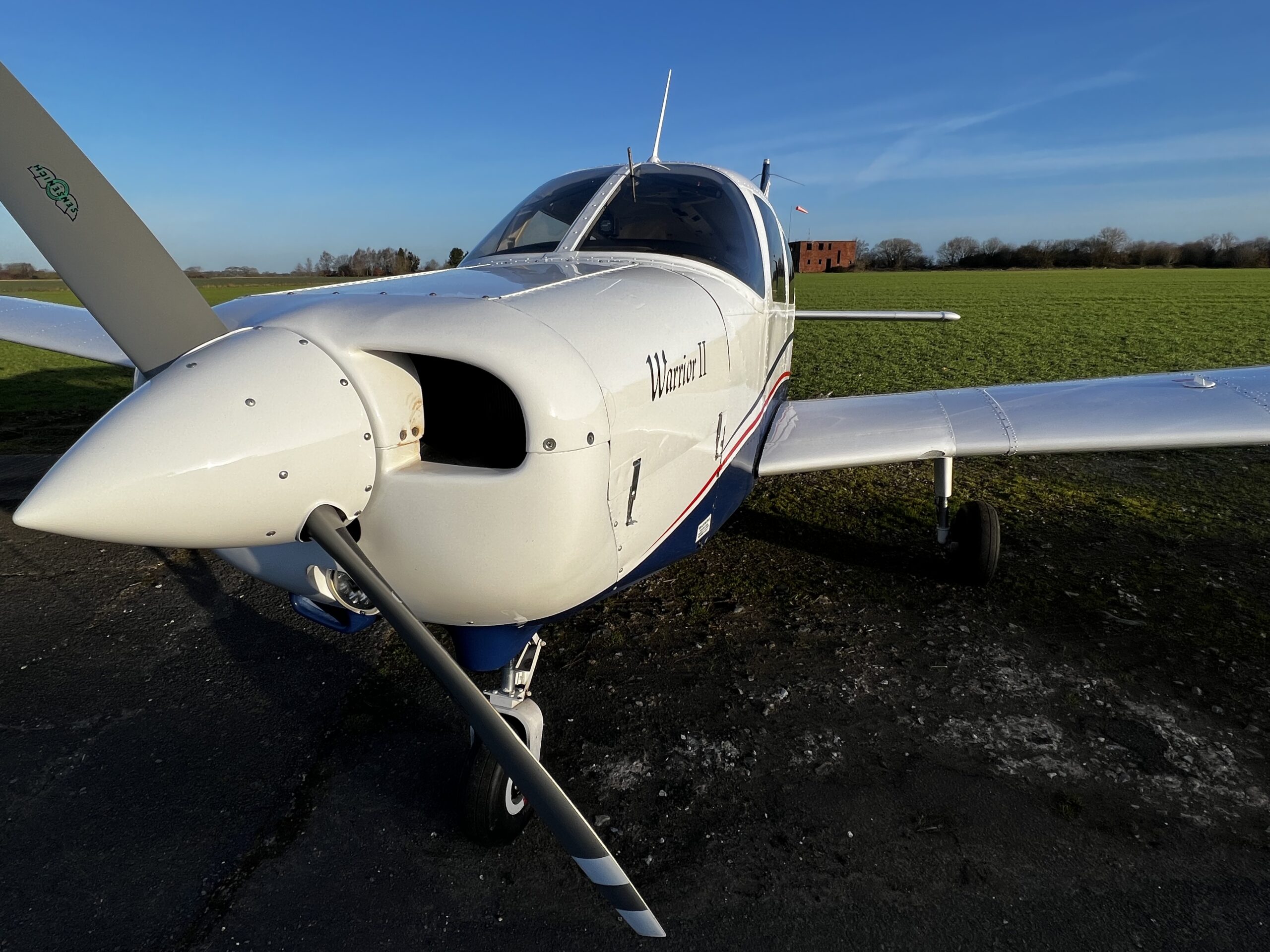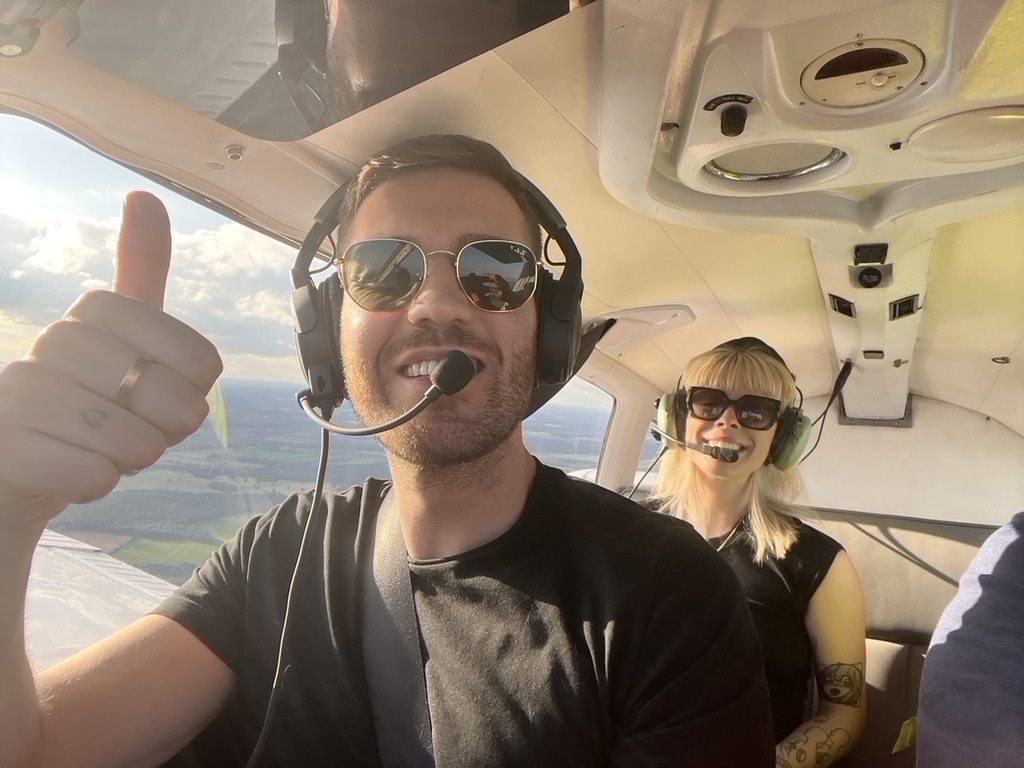Planning a safe departure
Take – off in an aircraft happens when the plane lifts off the ground and becomes airborne. But there’s more involved in the process than simply leaving the ground. Several steps must be completed beforehand, and the take – off itself is broken down into different stages.
Pre-Take -off Preparations
Preparing for a flight involves thorough checks. Firstly, there’s the paperwork to handle. The pilot will need to book out, different procedures will apply for different airports and this information is available in the CAA AIP or commercial guides such as Pooley’s or Sky-Demon. Weight and balance calculations should be made and all navigation planning completed, and a flight log prepared. If departure or arrival aerodrome are limiting, then performance calculations should be made.
Weather forecasts should be checked to ensure that the flight may be conducted safely within limits.
Aircraft Technical log should be checked for any defects.
NOTAMS should be checked to see if they will impact the planned flight.
In some cases, and for international flights you will need to file a flight plan and comply with specific requirements. NAC can give guidance and advice on this subject.
If there are passengers onboard, a safety briefing must be conducted, which is legally required, even if brief.
Next, the pilot performs the pre-flight checks. This involves a detailed walk-around of the aircraft, following a checklist and inspecting various components, from the wings to moving surfaces and fuel levels. This step is crucial because, unlike a car, the pilot cannot simply stop in mid-air to address any issues. Ensuring everything is in working order beforehand is vital.
Once the checks are completed, the pilot enters the cockpit, helps passengers board, and ensures that everyone is securely fastened and there are no loose items. Internal checks from the checklist follow, some of which are completed before the engine starts, while others are done once the engine is running.
Once all is ready and (where available obtaining the ATIS) the pilot radios to request radio check and departure clearance, once obtained a request to taxy call is made.
At airfields with only air/ground or AFIS service – request radio check and airfield data from the airfield service as appropriate.
Taxiing and Preparing for Take-off
Taxying is the process of moving the aircraft safely from its parking position to the runway. During this time, all taxying checks should be completed. It is important to clearly understand the taxy route so study the aerodrome chart to ensure that you understand the instructions that you have been given.
Taxying should be done slowly and carefully as accidents while taxying, often due to misjudged wingtip clearance, do happen.
Before reaching the runway or joining a queue of aircraft waiting for take-off, the pilot performs the Power Checks and Pre-take-off checks from the checklist. Again, make sure you know where these checks are to take place.
Once all checks completed and you are at the holding point call, with a Control service ‘ready for departure’ – ATC will either tell you to hold position, or line up on the runway, or clear you for take-off – read back the instruction. They will also give wind direction and speed and notify you of other traffic which may affect you.
Know the service that you are receiving – An Air Traffic Control Service can clear you to do anything including take-off, an AFIS service can only give ‘take-off at your discretion’ and give information on other traffic e.g. ‘C152 on right base – take off at your discretion’ – they will give you wind direction and speed and may advise on known traffic.
Air ground will rely on you to judge when it Is safe to take-off and give no instruction, they may give other information if it is known to them.
Lining Up on The Runway
Regardless of type of service maintain a good lookout for other traffic especially on Final Approach, if unhappy about the situation advise Air Traffic Service that you are holding position. For example ATC may clear you for immediate take-off due traffic on final – if not confident that you can achieve an immediate take-off it is safer not to do so and remain at the holding point!
Carry out memory Checks:
A – Altimeters correctly set
T – Transponder – correct Squawk and Altitude Reporting
P – Pitot Heat on (as required)
L- Landing Lights on
Once on the centreline check runway alignment against DI/HSI.
The Take-off Roll
The take-off roll is the part of the procedure where the plane accelerates on the ground until it reaches the speed necessary to generate sufficient lift for take-off.
Once aligned with the runway, the pilot sets 2000 RPM against the brakes – checks Engine Temps and Pressures and then releases brakes and applies full power. The speed increases and is checked, and the pilot keeps straight on the runway centreline using rudder and in crosswinds into wind aileron until the aircraft reaches the correct rotation speed. Selecting a suitable reference point ahead and to the side will assist in maintaining the correct ground track after lift – off.
The pilot must then ensure the aircraft climbs at the correct angle and speed. A climb that is too slow can result in a stall, while a climb that’s too steep may prevent the plane from gaining sufficient altitude quickly enough. Achieving the right balance is crucial for safety, as a safe height must be reached as soon as possible. In the unlikely event of an engine failure after take-off, the ability to land safely is greatly diminished if the aircraft is still near the ground.
Aborting the Take-off
Should anything go wrong during the take-off roll, the pilot can abort the take-off by closing the throttle and applying the brakes and coming to a stop before the end of the runway. ATC should be notified of the aborted take-off once at a safe taxy speed. Do not attempt another take-off!
Post-Take-off Procedures
Once airborne, keep one hand on the throttle until at a safe height (at least 200’ AGL) If the flaps were deployed for take-off, they may then be retracted in stages. And a climb at Vy achieved. Turns on course should be made in accordance with published airfield procedures and taking account of any noise abatement requirements.
Short or Soft Field Take- offs
There are instances where take-off procedures will differ slightly, often due to short runways or soft ground, such as grass airfields. If unfamiliar with these procedures they should be practised with an Instructor before any attempt is made
In short-field take-offs, the pilot must first calculate whether take-off is possible under the current conditions. This is completed by performing performance calculations as part of pre-flight planning. If it isn’t, the attempt must not be made.
In these cases, flaps are used, and the aircraft is lined up to maximise the available runway available. After applying full power while holding the brakes, the aircraft can accelerate in the shortest distance possible.
Once the optimal speed is reached, the aircraft is lifted off and climbs at the best angle of climb (Vx) to clear any obstacles on the ground before, at a safe height retracting the flaps in stages and transitioning to the best rate of climb (Vy).
For soft-field take-offs, the goal is to avoid stopping on the soft ground, such as mud or ice. The take-off roll begins as soon as possible after taxying, and the aircraft is lifted off at the lowest safe speed possible to remain in ground effect until a safe flying speed is reached, minimising the time spent on the soft ground.
Conclusion
In conclusion, take-off is a critical phase of flight that requires careful attention. While generally straightforward, numerous factors can go wrong, and pilots must always approach take-off with caution and precision to ensure a safe and successful flight.
As ever talk to one of the NAC Instructors for advice on safe take-off techniques.
Captain Laurie Ling
